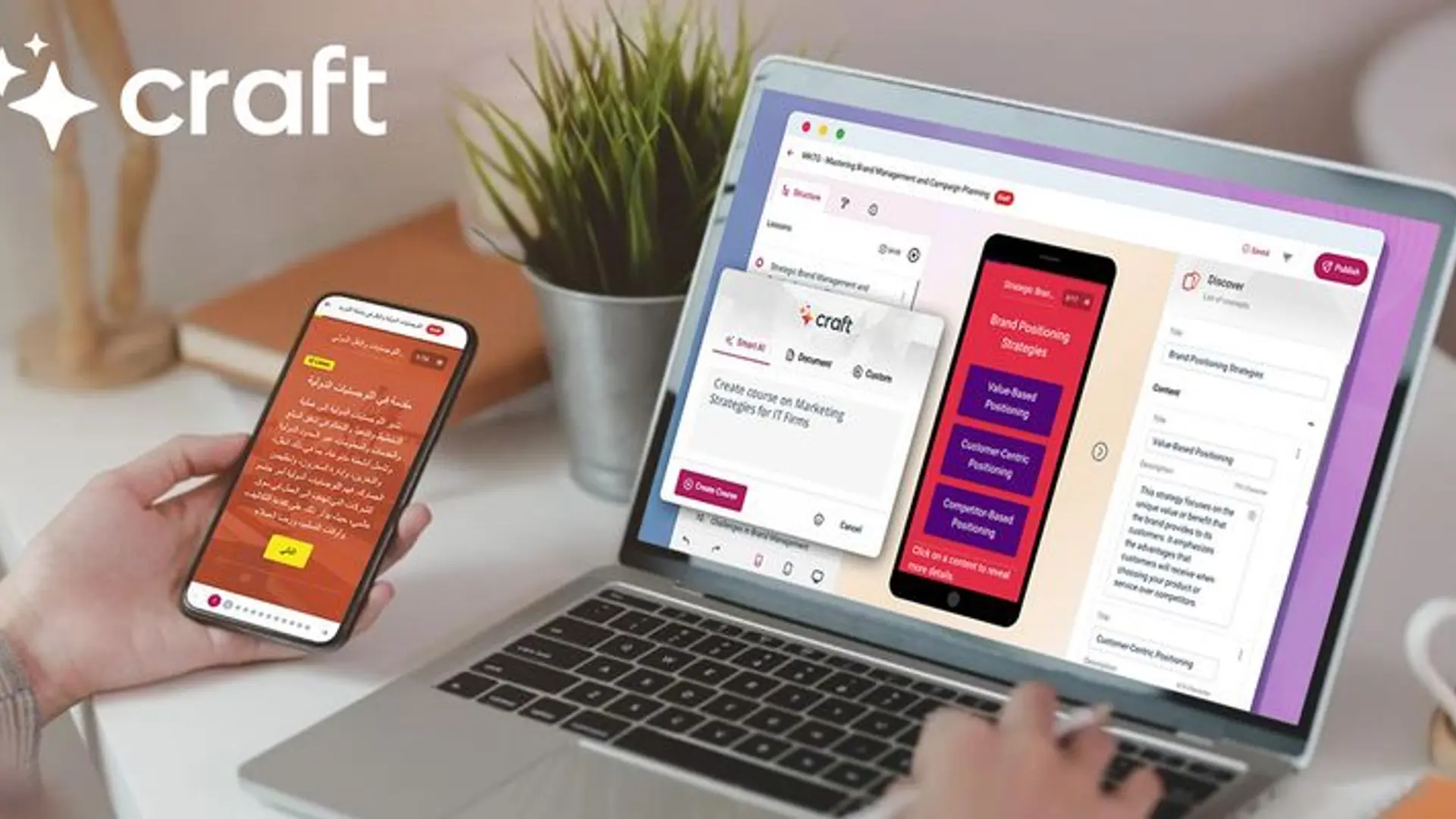How a startup can achieve success by leveraging its community effectively
Having a community comprising of your target audience eases the sail for you by leaps and bounds — from product, launch, customer journey, and more.
As the past years have shown, raising venture capital for a startup isn't that hard. But to build, scale, and defend is still difficult. Having a community comprising of your target audience — by your side — eases the sail for you by leaps and bounds.
Even though our startup ecosystem has always chased "growth at any cost".
“Growth for the sake of growth is the ideology of the cancer cell,” said Edward Abbey.
Be rest assured, the current hype around community-building is a positive one. It's a shift from madness, towards sanity.
First and foremost, a community helps you build a better product. Second, it helps you launch and grow. And, finally, it amps up your defensibility. All in all, it positively impacts all aspects of your customer journey.
Community-led development
Communities are a simple way to read your users’ minds and co-create with them a product they truly want. This is ancient wisdom — if you don't know your users well enough, you're making a fatal mistake.
Counterintuitively, its fatality is the least accounted for when you're in the development phase. Because, it always seems like a nice idea, doesn't it? Until your users refrain from adopting what you've built. And without users, you don't have a business.
What's the #1 way to know your users? Talk to them. Talking to your users regularly will give you more contextual data than third-party market research ever will. But it's easier said than done — how will you have access to your user’s pre-launch?
Enter community. Build a community around a shared cause or tap into a pre-existing one. Now, it’s your job to align the goals of this community with the goals of your business. Have one of the founders take up the role of community manager and build trust with the community members via content or events or both.
Make no mistake — your community is not a community unless the members are helping, advising, collaborating with each other. You don't merely want an audience to talk at — you need a community where members feel the ownership and you're one amongst them. You need conversations happening that goes beyond your product — that way you can mine real pain points.
Make sure the community feels a part of the product development process. Involve your product lead into the mix and bridge the gap between her and the end-users (aka community). Roll out an exclusive early release of your product to the community — you'll still never get it right at first.
But now you have early adopters who are vocal about feedback, who you can observe in their natural habitat playing with your product, and most importantly, who care about improving the product because they're co-creating with you. Iterate ruthlessly in their direction, until you crack it.
Community-led growth
Through the last five years, I've led performance marketing and paid acquisition-based growth for multiple funded startups. At scale, it becomes inefficient. Conversion rates are declining, and the cost of customer acquisition is only rising. The increasing competition due to COVID-19 and a surge in venture capital has only worsened the predicament.
We earlier learned how one extension of community-led product development is go-to-market. Your early adopters become your super fans and propagate the word of mouth in their adjacent circles. The result, technically, is growth (aka community-led growth).
It's your job to catalyse the referrals and advocacy from your community. Notion launched an ambassador programme where they invited their best users to create content around Notion.
Fun fact is they did not have a monetary incentive, the ambassadors did it out of brand love. Notion did, however, offer guidance on course creation and active participation in future features discussion.
Community as a moat
Your users care about finding a sense of connection and belonging. With community-led companies, users buy into an ecosystem facilitated by the product, and not just the product alone.
Users come for the content (or a utility), but they stick around for the community. That's the case with Quora, Dribbble, Reddit, etc. In Instagram's case, the early adopters came for the photo filters (which is a utility) and stayed for their friends.
Your competitors can copy/paste your features, but never your community. Your community members will choose you over another product just because they feel like they belong here.
Your community is a moat.
Having a community is a powerful retention and defensibility mechanism across every consumer sector — education, shopping, fitness, food, entertainment, and more.
In fact, a16z recently quoted in their piece 'Community Takes All: The Power of Social+' : "There’s one rule of thumb that’s proven true over and over again: the best version of every consumer product is the one that’s intrinsically social."
It takes tremendous effort to build and run an engaged community. But the upside is so worth it. When are you starting one?
Edited by Saheli Sen Gupta
(Disclaimer: The views and opinions expressed in this article are those of the author and do not necessarily reflect the views of YourStory.)








